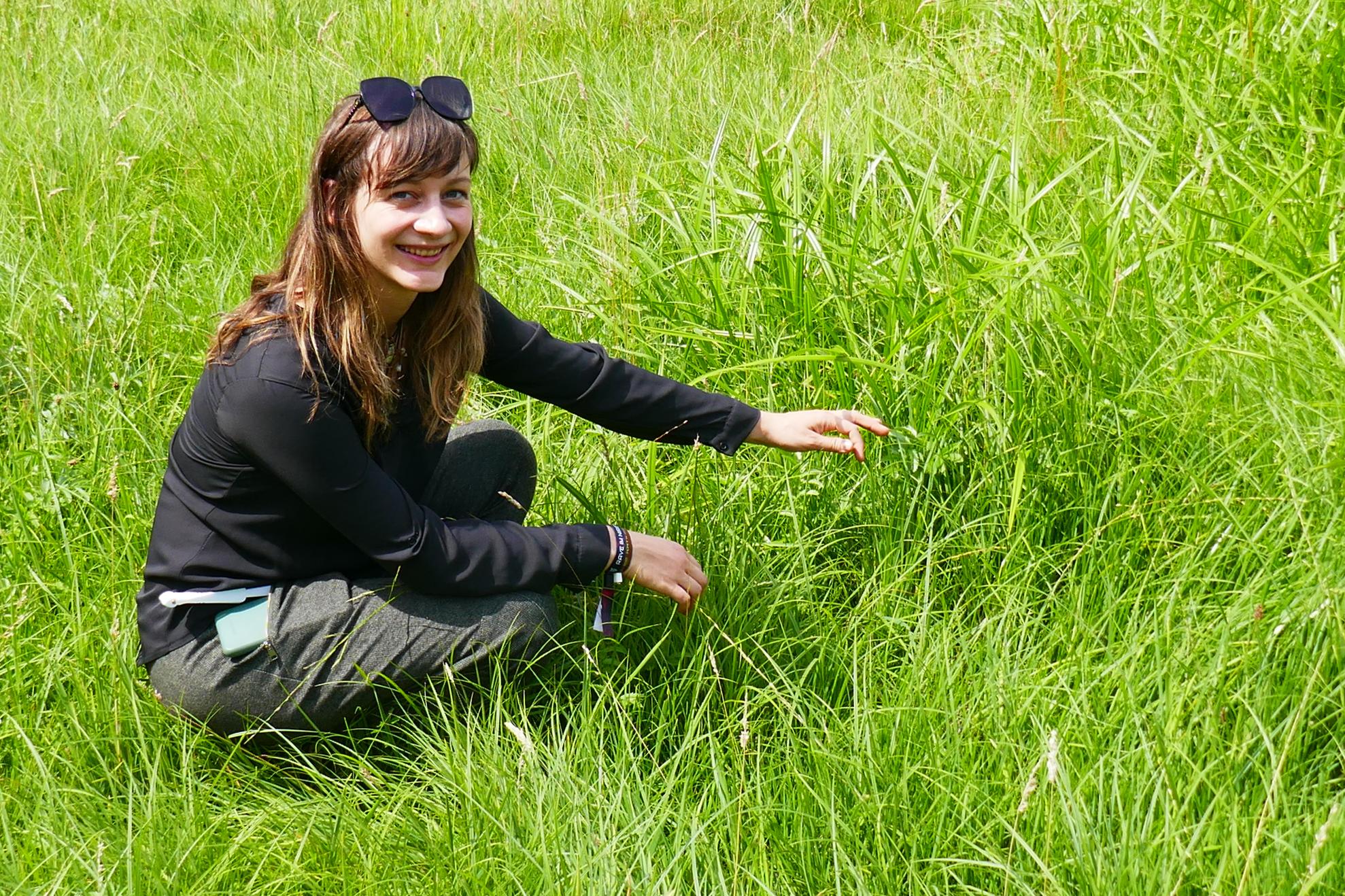25.07.2024 | No dry training course: Peatland revitalisation in Saxony-Anhalt

Beavers as climate protectors? A practical training course at Magdeburg-Stendal University of Applied Sciences demonstrated the potential and challenges of peatland revitalisation. Experts explained, using the example of Rathsbruch in Saxony-Anhalt among others, how natural processes and targeted measures work together to restore these valuable ecosystems.
On 25 July 2024, numerous state employees as well as interested staff and students from Magdeburg-Stendal University of Applied Sciences gathered for a special training course. The focus was on the rewetting and revitalisation of peatlands, exemplified by Rathsbruch, a nature reserve near Zerbst. This area is to be restored to its original state through measures such as water retention and river restoration.
The guest speaker was Prof. Dr. Stefan Zerbe from the Free University of Bozen-Bolzano, a renowned expert in landscape and restoration ecology. He emphasised the need for sustainable water management strategies in light of climate change and intensive land use in South Tyrol.
Prof. Dr. Volker Lüderitz and Prof. Dr. Petra Schneider from Magdeburg-Stendal University of Applied Sciences explained the ecological and eco-engineering aspects of peatland revitalisation as well as the current framework. They illustrated possibilities and challenges using examples from Saxony-Anhalt, highlighting Rathsbruch near Zerbst as a promising project.
The experts underlined the importance of peatlands for climate protection (peatlands store about twice as much carbon worldwide as all forests combined) and their 'sponge effect' as local water reservoirs and flood protection. Successful peatland revitalisation first requires a thorough analysis of the water balance, soil (e.g. the degree of mineralisation of peat), existing species as well as the history and existing land use conflicts. The central question is: Where should the water for rewetting come from?
In the case of Rathsbruch, there is a simple solution: Beavers have provided the 'most cost-effective option' for damming possibilities in the formerly draining ditches. The rising groundwater level is already leading to changes in species composition. If all planned measures are continued, an alder forest could have formed on the open areas within 50 years.
The ecological engineer Tino Fauk demonstrated with sensors that the soil is currently emitting CO2. In the initial phase of peatland revitalisation, there is indeed a temporary increase in greenhouse gas emissions such as CO2 and nitrous oxide. This is due to the transition from aerobic to anaerobic processes and the release of gases stored in the soil. In the long term, however, rewetting leads to a significant reduction in greenhouse gas emissions. Therefore, serious peatland revitalisation projects, which will hopefully soon be implemented in Saxony-Anhalt as well, are of great importance for climate protection.
Further information on options for peatland revitalisation at Rathsbruch can be found in this current publication.











| Voriger Beitrag | Zurück zur Übersicht | Nächster Beitrag |

